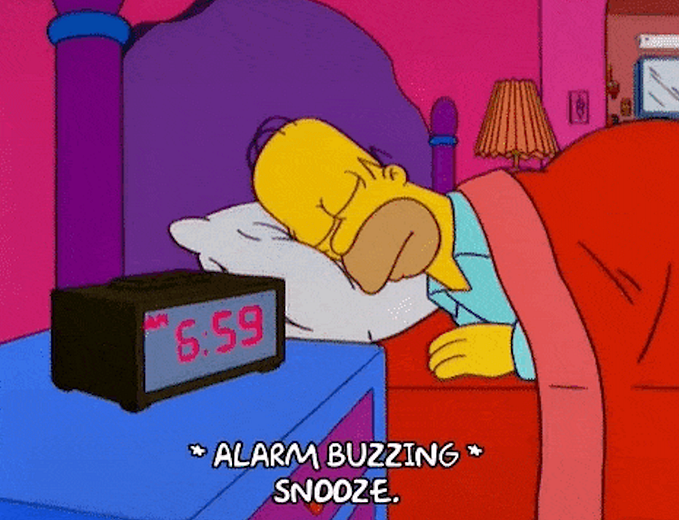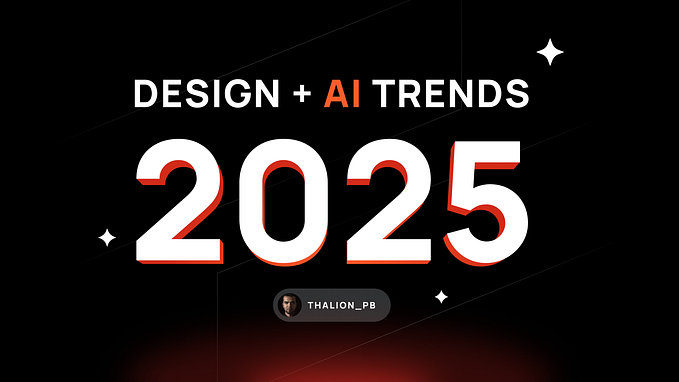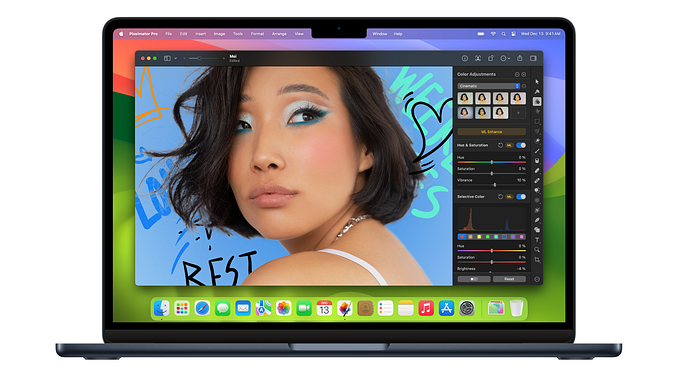Let’s dive into the sea of rejections
Survival tips for Junior Designers’ job hunt

Dear ***, we appreciate the time and effort you took to complete the application […]
If there’s something that unites most of the people on earth, it’s probably an email that starts with these words.
In my case, I’m currently in a specific moment of my professional life where I receive a lot of them. All thanking me, all rejecting me.
My professional journey saw me specializing first as a Content Designer in the digital industry, and then guilty transitioning into Product Design, so as you might suspect, I have my best friend “imposter syndrome” always by my side.

While I was attending my UX course, I was lucky enough to have on my side a mentor and a career coach.
But when my mentor left me and my career coach took over, a dangerous, tiny void was created and I made the mistake of assuming to know what was ahead of me.
What a mistake.
…So when I sent out the first applications and received my first rejections, I was brought back to reality, imposter syndrome sitting faithfully on my side, realizing I had only scratched the surface of a very long and painful process.
My UX bubble exploded leaving me drowning in the UX job market sea.
So, I started to swim and decided to collect all the rejection emails and analyze it one by one to do a bit of healthy design thinking to really try to understand the hiring market.
This analysis actually led me to identify 2 scenarios that caught my attention:
Scenario 1 — AI might be the first one to take a look at your resume…
It happened with a couple of applications that I realized with a high degree of probability that my resume had been reviewed, or rather, scanned by an AI.
The reasons I came to this conclusion were:
- the speed of the rejection (within two hours of submitting the application).
- 2. lack of any feedback. (Usually, when the rejection comes from an AI, there’s always a statement saying that it’s not possible to provide feedback on the rejection).
More and more renowned companies are using this technology to immediately discard candidates who don’t meet the needed requirements.
This made me reflect on how much the effort that some companies put into hiring staff is a concerning sign of what the job market is becoming right now- a market where you first are a list of requirements, then a person.
Don’t get me wrong, I get it. There’s so many people applying in the world and so few positions available, that I do understand that it’s complicated for lots of companies to deal with the amount of applications they receive.
My reflection here is more directed to junior designers to make sure to carefully design their resume, and why not, also to test it with an AI system themselves to see which words and concepts are identified first and what type of evaluation comes up.
As for the companies, well, my criticism around using this technology, extends to privacy concerns, because at the start of the application process, the candidate is rarely informed if their CV data is being provided to an AI system.
My insight from this scenario is: try to make your resume AI-proof.
Be mindful of the formatting and word choice you use.
(And also remember that you were rejected by an automated system, so you really have no reason to take it personally.)
Scenario 2 — …But humans are still there
The good news is that not all experiences of rejection are the same, which is why I’d like to share with you an example that showed great care towards me, the candidate.
I’m talking about Kraken, the cryptocurrency exchange platform.

As soon as you submit your application, they send you an email suggesting something to DO 🤯
This feels almost revolutionary, considering that most companies just thank you and tell you to wait, but not Kraken.
The Kraken design team is so smart that, to prepare you for a potential interview, they suggest:
- Reading their manifesto to learn more about their mission and values
- Checking the Kraken apps
- Test them
In this way, Kraken doesn’t leave the potential candidate inactive; instead, they bring them closer to their world, encouraging them to try out their products.
The result? Even though I was rejected, I still read their manifesto, downloaded their apps, and tested them.
What did Kraken gain? One more person aware of their mission, a new user and a mention in this article.
And that’s not all.
After receiving the rejection, I felt there was room to ask for feedback and even though their response wasn’t personalized to my profile, it really made me feel better and reminded me of my worth. (Which confirms that literally any company can prepare a pre-compiled generic feedback email when requested and show a degree of care for applicants).
Also, the Kraken Recruiting Team didn’t just use the usual ‘we will keep your CV for future positions’ formula; instead, it wished me good luck in my job search and expressed confidence that “they would see my name throughout the community soon enough” (cit.), helping me visualizing myself in the future.
I’m including the email thread below because it exemplifies a noteworthy UX design in job applications processes — one that very few other companies can boast about.



As you can see, whether your profile is analyzed by AI or real people, you can extract valuable insights from what might seem like just a simple rejection email. I assure you that this type of analysis is beneficial; it not only helps you navigate the job market but also clarifies where you see yourself within it.
Also, there’s something very obvious that I think it’s always worth repeating: know your worth and don’t lose your enthusiasm for the field and everything you’ve done so far.
Sadly, what I’ve realized when I started receiving the rejections is that I tended to distance myself from design.
It’s a very dangerous but almost unconscious tendency, because as soon as you step away from what previously excited you, you risk losing all the progress you’ve made so far.
So please, don’t let others determine your passion for design.
And most importantly, stay humble.
Even senior designers are always learning, and so are you.
Keep practicing with design challenges, whiteboarding exercises, and participate in hackathons.
And when you will be finally approached to start a job application process, be careful. You may have been waiting so long for this moment that you lose sight of the bigger picture and end up “underselling” yourself.
Yes, you’re still learning and need to remain humble, but you and your working conditions must be respected. If something doesn’t align with your values and perspective, reach out to fellow designers who have been in the field longer than you for guidance.
Finally, talk to your friends and family during this time. Share how you’re feeling, seek their support, and don’t hesitate to lean on them when you need a shoulder to cry on.
But perhaps my real final piece of advice is to remember that you are not your job, so try to make a habit of appreciating yourself, the people and the world around you more often.
Our lives are full of beautiful things that we often overlook because we are too focused on work.
Love you all, and I wish you the very best on your career journey!









